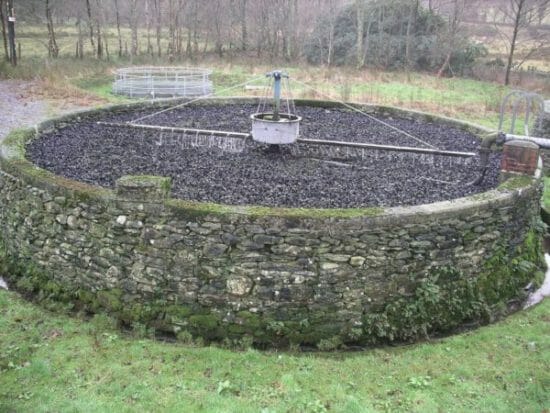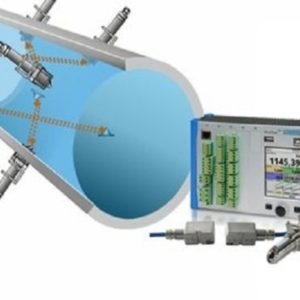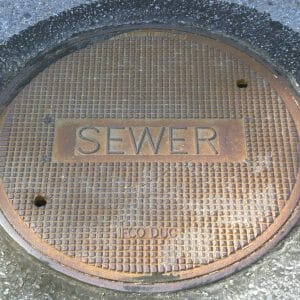E – 1330 Trickling Filter Wastewater Treatment Plants
$75.00
Courses Included
This course provides an introduction to trickling filter wastewater treatment plants. Trickling filter plants have been justified by their low initial cost, low operating and maintenance costs, and relative simplicity of operation. Although the effluent from trickling filter plants of earlier design was of poorer quality than that from activated sludge plants, the performance of trickling filters designed more recently is comparable to that of activated sludge plants. Both processes offer certain advantages, with trickling filters providing good performance with minimal operator care and few, if any, energy requirements.
Course Outline
1. GENERAL CONSIDERATIONS
2. DESIGN BASIS AND CRITERIA
3. HYDRAULIC COMPONENTS
4. SECONDARY SEDIMENTATION TANKS
5. OTHER FILTER COMPONENTS
6. REFERENCES
7. BIBLIOGRAPHY
This course will give you technical guidance you can apply when designing wastewater treatment plants using trickling filters.
Description
This course provides an introduction to trickling filter wastewater treatment plants. Trickling filter plants have been justified by their low initial cost, low operating and maintenance costs, and relative simplicity of operation. Although the effluent from trickling filter plants of earlier design was of poorer quality than that from activated sludge plants, the performance of trickling filters designed more recently is comparable to that of activated sludge plants. Both processes offer certain advantages, with trickling filters providing good performance with minimal operator care and few, if any, energy requirements.
Course Outline
1. GENERAL CONSIDERATIONS
2. DESIGN BASIS AND CRITERIA
3. HYDRAULIC COMPONENTS
4. SECONDARY SEDIMENTATION TANKS
5. OTHER FILTER COMPONENTS
6. REFERENCES
7. BIBLIOGRAPHY
This course will give you technical guidance you can apply when designing wastewater treatment plants using trickling filters.
- Learn fundamental design data and information for trickling filter processes;
- Learn recommended depth criteria and application rates for stone media trickling filters;
- Learn about recirculation as a recommended method of increasing the biochemical oxygen demand removal efficiency of high-rate trickling filter processes;
- Learn recommendations for design recirculation rates for high-rate filters;
- Learn about hydraulic and organic loading rates and their importance as key design factors whether a surface application is continuous, intermittent, constant rate, or varying rate.;
- Learn how ventilation provides aerobic conditions for effective treatment; and
- Learn how the performance of trickling filters will be affected by temperature changes in the wastewater and filter films.






